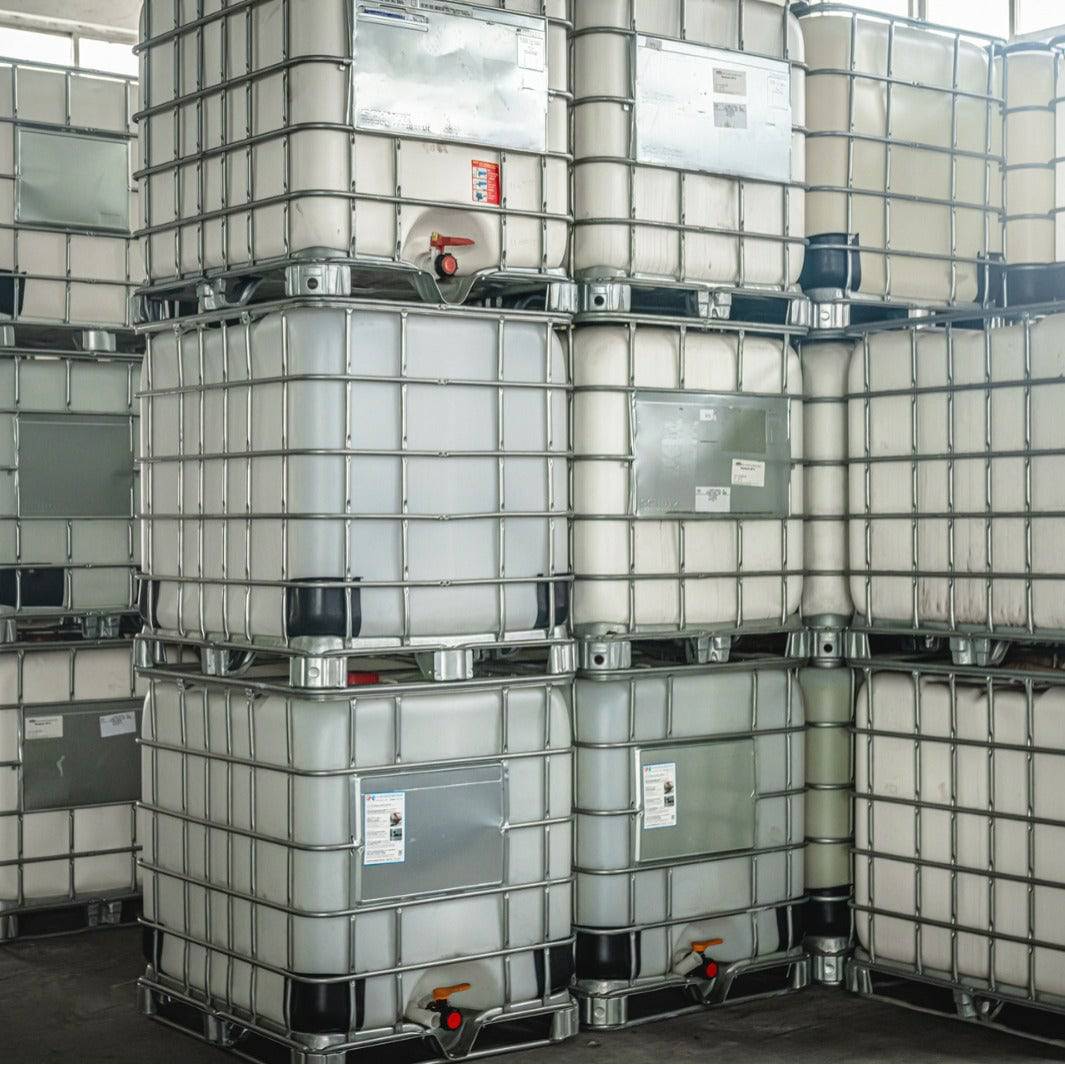Little Known Questions About Chemie.
Table of ContentsEverything about ChemieWhat Does Chemie Mean?Chemie Things To Know Before You Get ThisChemie Fundamentals ExplainedThe Ultimate Guide To ChemieHow Chemie can Save You Time, Stress, and Money.
By Bojanna Shantheyanda, Sreya Dutta, Kevin Coscia and David SchiemerDynalene, Inc. Fluid cooling, which can be achieved using indirect or direct ways, is used in electronics applications having thermal power densities that may exceed safe dissipation through air cooling. Indirect liquid air conditioning is where heat dissipating electronic parts are literally separated from the fluid coolant, whereas in case of straight air conditioning, the components are in straight call with the coolant.In indirect cooling applications the electric conductivity can be important if there are leakages and/or spillage of the liquids onto the electronics. In the indirect air conditioning applications where water based liquids with corrosion inhibitors are typically used, the electrical conductivity of the liquid coolant mainly relies on the ion focus in the liquid stream.
The boost in the ion focus in a shut loop fluid stream might happen because of ion leaching from metals and nonmetal parts that the coolant liquid touches with. During procedure, the electrical conductivity of the liquid may enhance to a level which can be unsafe for the air conditioning system.
The 45-Second Trick For Chemie
(https://www.twitch.tv/chemie999/about)They are bead like polymers that are capable of exchanging ions with ions in a service that it touches with. In the here and now work, ion leaching tests were performed with numerous metals and polymers in both ultrapure deionized (DI) water, i.e. water which is treated to the highest degree of purity, and reduced electrical conductive ethylene glycol/water mixture, with the gauged modification in conductivity reported over time.
The examples were enabled to equilibrate at room temperature level for two days prior to recording the initial electric conductivity. In all examinations reported in this research study fluid electric conductivity was measured to a precision of 1% utilizing an Oakton CON 510/CON 6 collection meter which was calibrated prior to each measurement.
The Ultimate Guide To Chemie
from the wall surface home heating coils to the facility of the furnace. The PTFE sample containers were placed in the furnace when constant state temperature levels were reached. The examination arrangement was removed from the furnace every 168 hours (seven days), cooled down to room temperature with the electric conductivity of the fluid determined.
The electrical conductivity of the liquid example was kept track of for a total amount of 5000 hours (208 days). Figure 2. Schematic of the indirect closed loop cooling experiment set-up - dielectric coolant. Table 1. Components used in the indirect closed loop cooling experiment that touch with the liquid coolant. A schematic of the experimental configuration is received Figure 2.

8 Easy Facts About Chemie Explained
Throughout operation the fluid storage tank temperature was maintained at 34C. The modification in liquid electric conductivity was checked for 136 hours. The liquid from the system was accumulated and stored. Likewise, shut loophole examination with ion exchange resin was executed with the same cleansing treatments employed. The first electrical conductivity of the 230ml UP-H2O in the system measured 1.84 S/cm.

0.1 g of Dowex resin was contributed to 100g of liquid examples that was taken in a separate container. The mix was mixed and transform in the electrical conductivity at space temperature was gauged every hour. The measured adjustment in the electric conductivity of the UP-H2O and EG-LC examination liquids having polymer or steel when involved for 5,000 hours at 80C is shown Figure 3.
The Definitive Guide to Chemie
Ion leaching experiment: Calculated modification in electrical conductivity of water and EG-LC coolants containing either polymer or steel samples when submersed for 5,000 hours at 80C. The outcomes suggest that metals added less ions right into the fluids than plastics in both UP-H2O and EG-LC based coolants.
Liquids containing polypropylene and HDPE showed the most affordable electric conductivity modifications. This could be due to the brief, rigid, direct chains which are much less likely to contribute ions than longer branched chains with weak intermolecular forces. Silicone likewise did well in both examination liquids, as polysiloxanes are typically chemically inert because of the high bond power of the silicon-oxygen bond which would prevent degradation of the product right into the liquid.
The Single Strategy To Use For Chemie
It would be anticipated that PVC would certainly produce comparable results to those of PTFE and HDPE based on the similar chemical frameworks of the materials, nonetheless there might be various other impurities present in the PVC, such as plasticizers, that may influence the electrical conductivity of the fluid - high temperature thermal fluid. In addition, chloride groups in PVC can also leach into the examination liquid and can cause a boost in electrical conductivity
Buna-N rubber and polyurethane revealed indicators of deterioration and thermal disintegration which suggests that their possible energy as a gasket or adhesive product at greater temperatures can lead to application concerns. Polyurethane completely broke down into the test fluid by the end of 5000 hour examination. Figure 4. Before and after photos of metal and polymer examples submersed for 5,000 hours at 80C in the ion seeping experiment.
Calculated modification in the electric conductivity of UP-H2O coolant as a function of time with and without material cartridge in the closed indirect air conditioning loop experiment. The measured modification in electric conductivity of the UP-H2O for 136 hours with and without ion exchange material in the loophole is displayed in Figure 5.